Step 1: Determine the ending period of your profit and loss statement, such as the end of the fiscal year. List your business’s name, the title of the spreadsheet, such “Profit and Loss Statement” or “Income Statement,” and the selected ending period.
Step 2: Configure the sales portion of the spreadsheet. Enter your company’s total net sales amount. Offset the net sales with the company’s total cost of goods sold.
Step 3: etermine the costs of goods sold by providing separate, itemized lines for the company’s beginning inventory, purchases and labor costs. Add those items together and enter the total underneath. Subtract the company’s ending inventory amount from this total to reach the total cost of goods sold.
Step 4: Subtract the total amount of the costs of goods sold from the total net sales amount to obtain your company’s total gross profit.
Step 5: Calculate your company’s expenses. Total the company’s operating expenses. Include the selling expenses, as well as the general and administrative expenses in this configuration. Use separate lines for each item, add the items and enter the total expenses on a separate line.
Step 6: Define the company’s operating income by subtracting the gross profit amount from the total expenses. Enter the total operating amount below the total expenses amount. List any applicable interest expense immediately below the operating income.
Step 7: Complete the profit portion of the spreadsheet to determine your business’s profit or loss. Subtract the operating income total from the interest expenses to determine the company’s net profit before taxes. List the amount and subtract the company’s total income taxes. Subtract the total income taxes from the business’s net profit before taxes to determine the total net profit or net loss.
Step 8: Separate the sales, expense and profit sections of the spreadsheet by, at least, one line, or row. Underline all totals. Include two lines under the total net profit or loss.


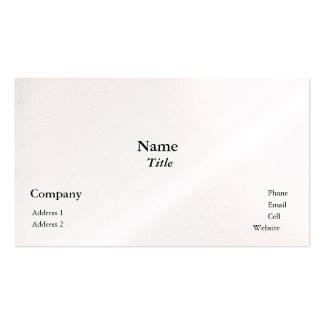


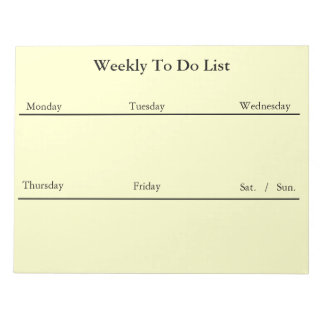
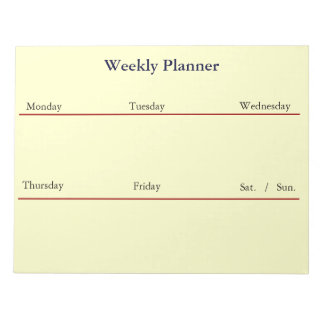

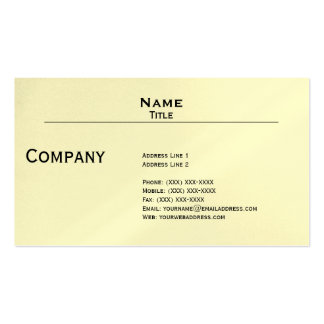

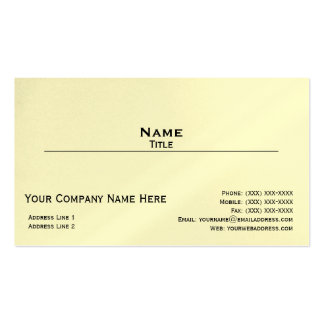
No comments:
Post a Comment